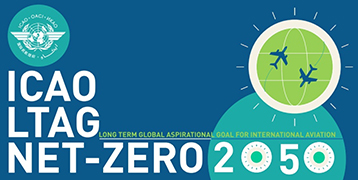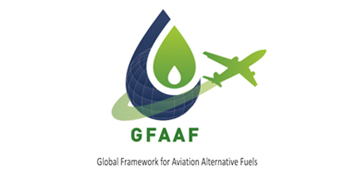Sustainable aviation fuel and next-generation aircraft: Low-carbon pathway for China's civil aviation industry
Journal of Environmental Management
FEATURED BOOK
In the 21st century, the burgeoning demand in China's civil aviation industry elicits a salient increase in jet fuel consumption and CO2 emissions. At the same time, the dual carbon target proposed by China requires a decarbonized development pathway for China's civil aviation industry. The future carbon reduction pathways for China's civil aviation industry have not yet been thoroughly analyzed. This study concentrates on the low-carbon development pathways of China's civil aviation industry and considers twenty-nine different aircraft types (comprising passenger and cargo aircraft) currently exploited in China. An emission reduction strategy combining next-generation aircraft and the use of sustainable aviation fuel (SAF) indeed inspires us to establish a bottom-up optimization model. Such a model concerns both economics and technology, which digests the future energy-saving and emission-reduction. Put explicitly, with joint counter-measures, the analysis relying on the model documents that China's civil aviation sector will attenuate the consumption of jet fuel by 284.75 Mt and CO2 emissions by 740.34 Mt during 2022–2060. The CO2 emissions from the aviation industry will reach a peak of 129.81 Mt in 2046. Differing from SAF, energy-efficient aircraft gives rise to a more cost-effective solution for the CO2 reduction.
Civil aviation; Energy consumption; CO2 emissions; Sustainable aviation fuel; China
1 total downloads



 Back
Back



